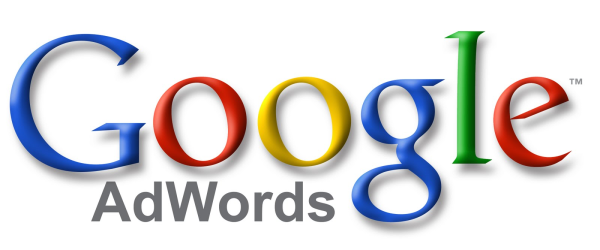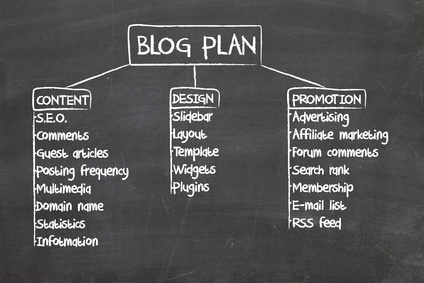Content marketing is the creation and publication of interesting content (such as blog articles, comment pieces or multimedia shares)
with the objective of driving traffic to your site and promoting your brand. Having a good content marketing strategy is essential for anyone looking to keep up with their competitors, foster consumer relationships and get the attention of potential consumers.
Key types of marketing content:
- Viral: Content that is designed to spread and be shared across social platforms. This content marketing strategy has a short lifespan and is predominately designed as a quick-fix, that is, to entertain, provoke (often emotional) reactions and to provide the 'wow' factor. It's great for growth and getting your name out there but doesn't offer the reader much in terms of substance. Examples of viral content marketing include infographics, videos, stats and picture galleries.
- Lead gen: Marketing content that aims to point out a problem or gap in the reader's knowledge and to then provide a solution (solved by opting in or signing up). This is a popular content marketing strategy encompassing all aspects of marketing, PR and brand journalism. It is designed to spark some kind of call to action.
- Sales gen: As above but with the objective of triggering a sale rather than a sign up.
- Discussion: As you would expect, this type of content is designed to create conversation and promote interaction between not only the reader and publisher but the readers themselves. This kind of community-focused thought-leadership is best characterised by comment or reaction pieces, industry overviews, insider/insight articles or instructional pieces, for example Do's and Don'ts (just like this!).
One of these content marketing strategies should always be applied when creating any new piece of content. Content is, after all, a marketing tool and should ultimately aim to drive users to the site and boost brand awareness and consumer interaction. Without an objective, as above, it's helping nobody.
So, with that out the way, here are our very own
Do's and Don'ts, to help you develop your content marketing strategy.
DO: Offer the reader something
Viral content marketing aside, each piece of content should
help the reader in some way. This could be through educating, advising, entertaining or offering some kind of solution. Yes, at the end of the day Content Marketing is just that, marketing, but it should ultimately
lead the reader to some kind of goal rather than just be self-serving. It should aim to encourage contribution and engagement while positioning your brand as a go-to thought leader or expert.
DON'T: Regurgitate old content
In the real world recycling may be great, but online there's nothing worse. Your content marketing strategy should be
inventive and reactionary, incorporating developments in the industry, the latest viral trends and consistently offer your readers something new, fresh and engaging.
DO: Make it search-friendly
All marketing content strategies should be SEO (or
Search Engine Optimisation)-friendly. That means when generating your content you need to take into account what your audience is looking for and what is likely to draw attention. With Google's updated algorthyms now kicking in it can be hard to stay ahead of the system, but
SEO Moz is a great place to start. Also make sure you are
monitoring your social footprint and the
traffic your content generates. This way you'll know what is working and what isn't, as well as identifying room for growth.















